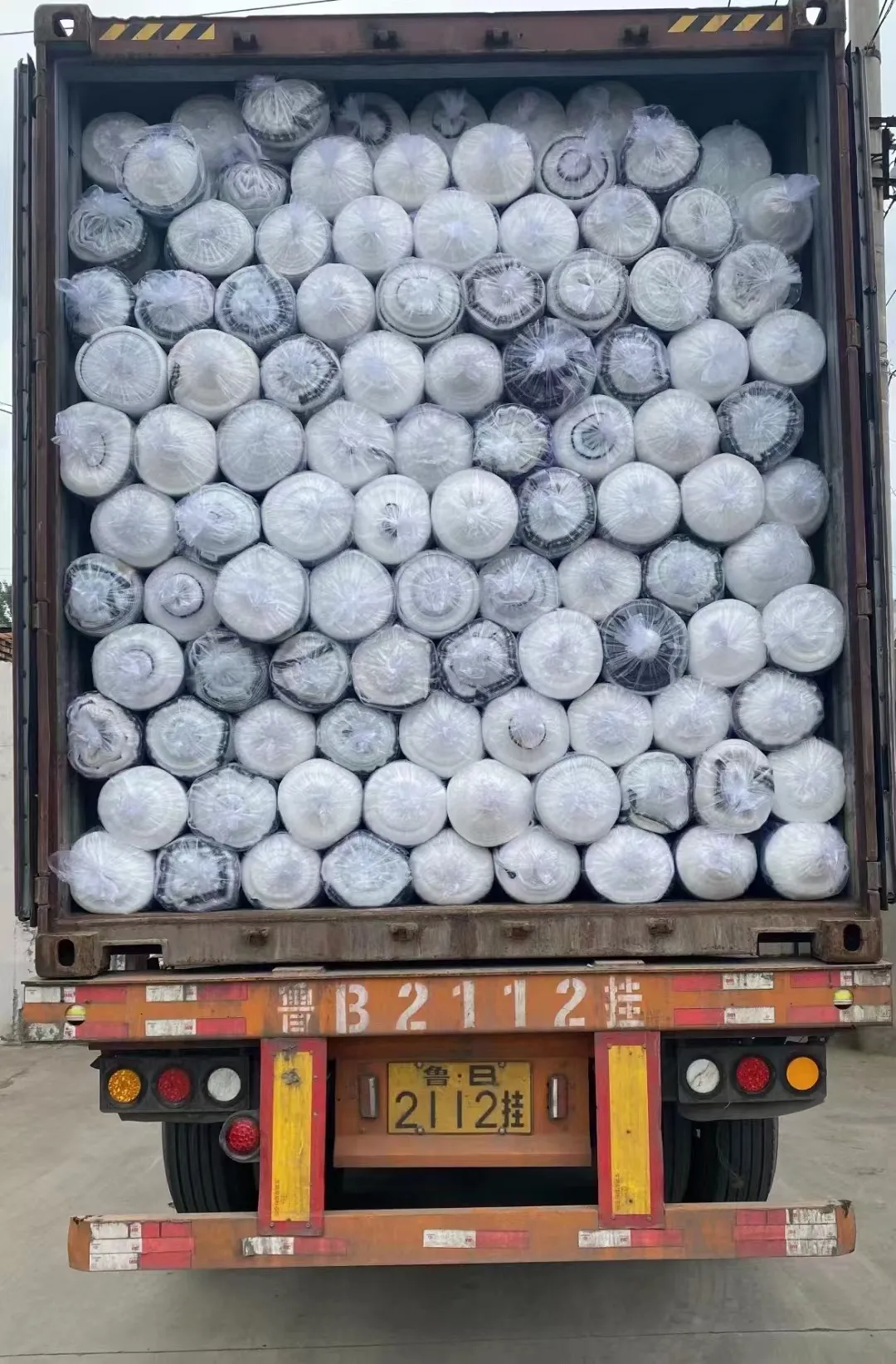-
 Afrikaans
Afrikaans -
 Albanian
Albanian -
 Amharic
Amharic -
 Arabic
Arabic -
 Armenian
Armenian -
 Azerbaijani
Azerbaijani -
 Basque
Basque -
 Belarusian
Belarusian -
 Bengali
Bengali -
 Bosnian
Bosnian -
 Bulgarian
Bulgarian -
 Catalan
Catalan -
 Cebuano
Cebuano -
 China
China -
 Corsican
Corsican -
 Croatian
Croatian -
 Czech
Czech -
 Danish
Danish -
 Dutch
Dutch -
 English
English -
 Esperanto
Esperanto -
 Estonian
Estonian -
 Finnish
Finnish -
 French
French -
 Frisian
Frisian -
 Galician
Galician -
 Georgian
Georgian -
 German
German -
 Greek
Greek -
 Gujarati
Gujarati -
 Haitian Creole
Haitian Creole -
 hausa
hausa -
 hawaiian
hawaiian -
 Hebrew
Hebrew -
 Hindi
Hindi -
 Miao
Miao -
 Hungarian
Hungarian -
 Icelandic
Icelandic -
 igbo
igbo -
 Indonesian
Indonesian -
 irish
irish -
 Italian
Italian -
 Japanese
Japanese -
 Javanese
Javanese -
 Kannada
Kannada -
 kazakh
kazakh -
 Khmer
Khmer -
 Rwandese
Rwandese -
 Korean
Korean -
 Kurdish
Kurdish -
 Kyrgyz
Kyrgyz -
 Lao
Lao -
 Latin
Latin -
 Latvian
Latvian -
 Lithuanian
Lithuanian -
 Luxembourgish
Luxembourgish -
 Macedonian
Macedonian -
 Malgashi
Malgashi -
 Malay
Malay -
 Malayalam
Malayalam -
 Maltese
Maltese -
 Maori
Maori -
 Marathi
Marathi -
 Mongolian
Mongolian -
 Myanmar
Myanmar -
 Nepali
Nepali -
 Norwegian
Norwegian -
 Norwegian
Norwegian -
 Occitan
Occitan -
 Pashto
Pashto -
 Persian
Persian -
 Polish
Polish -
 Portuguese
Portuguese -
 Punjabi
Punjabi -
 Romanian
Romanian -
 Russian
Russian -
 Samoan
Samoan -
 Scottish Gaelic
Scottish Gaelic -
 Serbian
Serbian -
 Sesotho
Sesotho -
 Shona
Shona -
 Sindhi
Sindhi -
 Sinhala
Sinhala -
 Slovak
Slovak -
 Slovenian
Slovenian -
 Somali
Somali -
 Spanish
Spanish -
 Sundanese
Sundanese -
 Swahili
Swahili -
 Swedish
Swedish -
 Tagalog
Tagalog -
 Tajik
Tajik -
 Tamil
Tamil -
 Tatar
Tatar -
 Telugu
Telugu -
 Thai
Thai -
 Turkish
Turkish -
 Turkmen
Turkmen -
 Ukrainian
Ukrainian -
 Urdu
Urdu -
 Uighur
Uighur -
 Uzbek
Uzbek -
 Vietnamese
Vietnamese -
 Welsh
Welsh -
 Bantu
Bantu -
 Yiddish
Yiddish -
 Yoruba
Yoruba -
 Zulu
Zulu
steel fibers in concrete
The Role of Steel Fibers in Concrete Enhancing Performance and Durability
Concrete, a fundamental construction material, has long been known for its strength and durability. However, its brittleness can be a limitation, leading to cracking and reduced longevity in various applications. To address these issues, the integration of steel fibers within concrete has emerged as a transformative approach. Steel fibers are short, discrete lengths of steel added to concrete mixtures to improve their mechanical properties and performance.
Understanding Steel Fibers
Steel fibers come in various lengths and diameters, allowing for versatility in their applications. Commonly, they are made from high-quality steel to enhance bond strength and performance. When uniformly distributed throughout the concrete mix, steel fibers can significantly alter the structural behavior of concrete, enhancing its ductility and toughness.
Improved Crack Resistance
One of the most significant benefits of incorporating steel fibers in concrete is their ability to reduce the propagation of cracks. Traditional concrete tends to crack under tension, especially due to shrinkage and temperature changes. Steel fibers act as crack arresters, providing reinforcement at the micro-level. This results in a composite material that can withstand greater stresses without developing large visible cracks. The fiber reinforcement distributes stress more evenly across the concrete matrix, enhancing its resistance to cracking.
Increased Impact and Abrasion Resistance
Steel fiber-reinforced concrete (SFRC) demonstrates enhanced impact resistance compared to conventional concrete. The inclusion of steel fibers allows the material to absorb and dissipate energy more effectively, reducing the risk of damage under sudden loads or impacts. As a result, SFRC is often used in applications such as industrial floors, pavements, and overlays subjected to heavy traffic and wear.
steel fibers in concrete

Similarly, the abrasion resistance of concrete is notably improved with steel fibers. In environments where surfaces are exposed to heavy foot traffic or machinery, using steel fibers can extend the lifespan of concrete structures. This property is crucial in prolonging the maintenance cycles and enhancing the overall cost-effectiveness of construction projects.
Enhanced Structural Performance
The addition of steel fibers can also bolster the overall structural performance of concrete. SFRC exhibits improved flexural strength, which is essential for structural applications where bending and tensile forces are present. Additionally, the toughness of the composite material is significantly increased, enabling it to withstand greater deformation before failure. This quality is especially valuable in seismic zones, where structures are subjected to dynamic loads.
Sustainability and Application Advantages
In recent years, the construction industry has become increasingly focused on sustainability. By incorporating steel fibers, the amount of cement required in a mix can sometimes be reduced, thus lowering the carbon footprint of concrete production. Moreover, the enhanced durability and lifespan of steel fiber-reinforced concrete contribute to sustainable practices by minimizing the need for repairs and replacements.
Steel fibers find diverse applications across various sectors, including pavements, precast concrete products, shotcrete for tunneling and mining, and even in architectural elements. The versatility and benefits of SFRC make it an attractive choice for engineers and architects.
Conclusion
In summary, the integration of steel fibers into concrete represents a significant advancement in material science and engineering. By improving crack resistance, impact and abrasion resistance, and overall structural performance, steel fibers enhance the longevity and durability of concrete. As the industry moves towards more sustainable practices, the use of steel fibers in concrete will likely continue to gain traction, paving the way for more resilient and cost-effective construction solutions.
-
The Sunshade Net Can Block Ultraviolet RaysNewsAug.11,2025
-
Main Application and Technology of Nylon ScreenNewsAug.11,2025
-
Green Anti UV Sunshade Net: The Perfect Combination of Ecological Friendliness and Practical PerformanceNewsAug.11,2025
-
Explore the Sunshade NetNewsAug.11,2025
-
Application and Development of Nylon Screen in Fuel Processing and TreatmentNewsAug.11,2025
-
Application and Advantages of Nylon Screen for AquacultureNewsAug.11,2025











